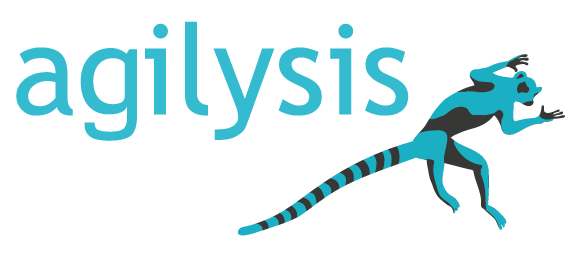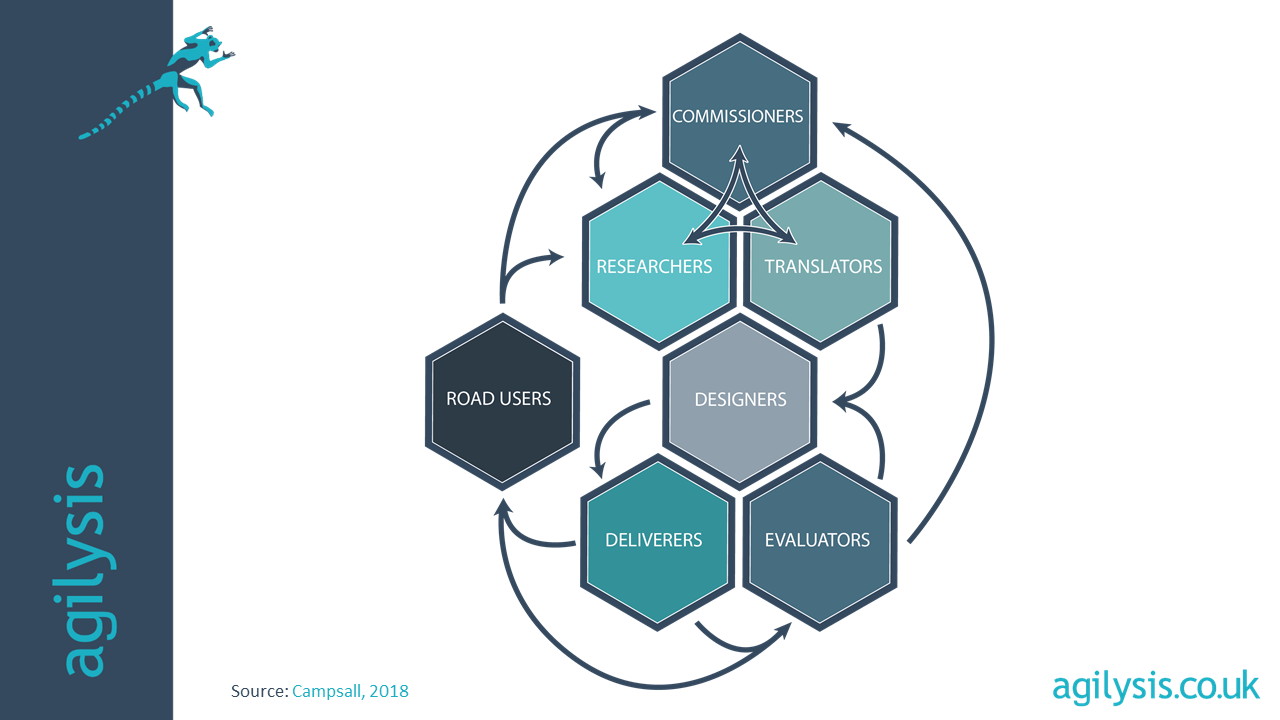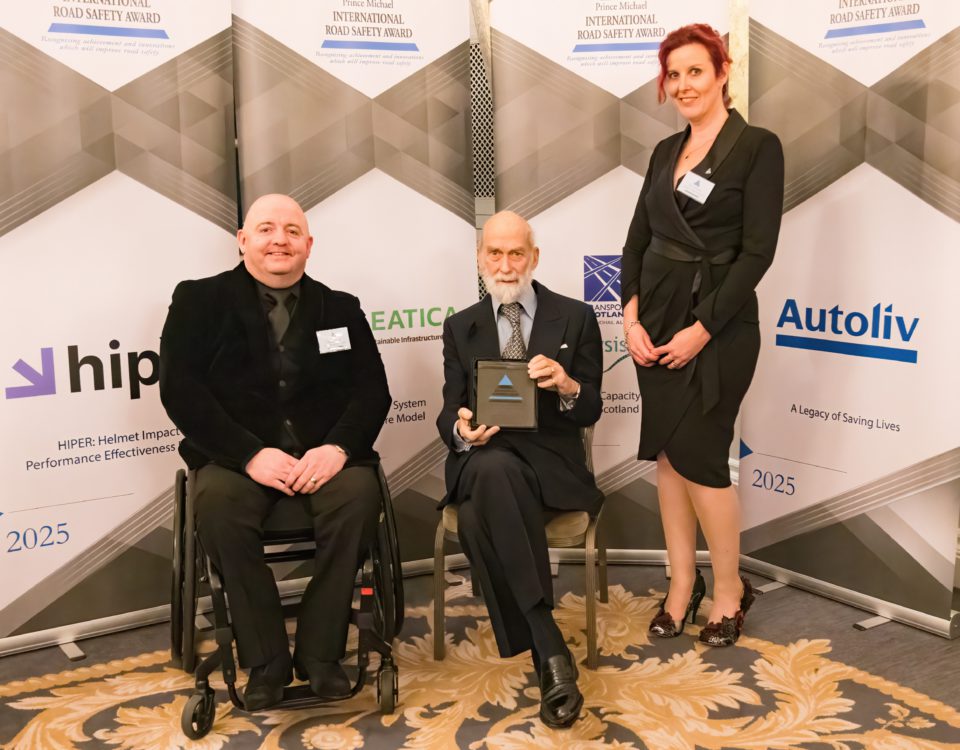Dan Campsall – Chairman, Agilysis
We are often forced down a road to become a ‘Jack of all Trades’, this is particularly true when we are working in small and under resourced organisations. The charity sector is a great example of this, the outstanding efforts of a group of highly motivated and committed people who will turn their hand to anything in order to achieve corporate goals. Whilst this is extremely commendable and observable in volunteer based organisations that have succeed in developing people and capacity with remarkable results, it often means that there is a lack of specialism and sometimes the necessary professionalism to do the job to the highest level.After many conversations with colleagues and industry leaders, as well as being involved in the design of some quite substantial behavioural programmes, the model emerged as a way of recognising that there are some distinct roles in the intervention design process; many of which require discreet skillsets.
Commissioning demands an understanding of procurement processes for sure, but if we are looking to procure a programme that will impact on the behaviour of citizens then we need to engage with the ethical considerations, the current state of the art, the evidence underpinning the design and appropriate evaluation methodologies. Meanwhile, the design task is an interdisciplinary effort in itself as it may involve psychologists, educators, marketers, graphic designers, brand consultants and software developers to name a few.
We can probably all turn our hands to a few things, but it seems obvious that we must consider whether we are developing the right skills and standards as a profession to deliver effectively across all 6 of these roles. If we want to make progress, would we be advised to home in on the skills and expertise characterised here and develop greater specialism in order to be more effective.
All this links back to work that my colleague Tanya Fosdick undertook for the RAC Foundation on ‘Effectiveness of UK road safety behaviour change interventions’ which highlighted a lack of professional identity that was a concern to many along with significant weaknesses in the way that programmes are evaluated and results published.
This gives rise to some structural and strategic challenges. When a local authority only has one or two people engaged in their road safety activity, building an interdisciplinary approach necessitates going outside the organisation, often encountering barriers of cost. Are there ways in which we can really develop skills and specialism across groups of authorities or through professional special interest groups that will move us forward as a profession? Are there more advantageous value chains that can be co-developed with academia and the private sector to improve the quality and reliability of our work?




